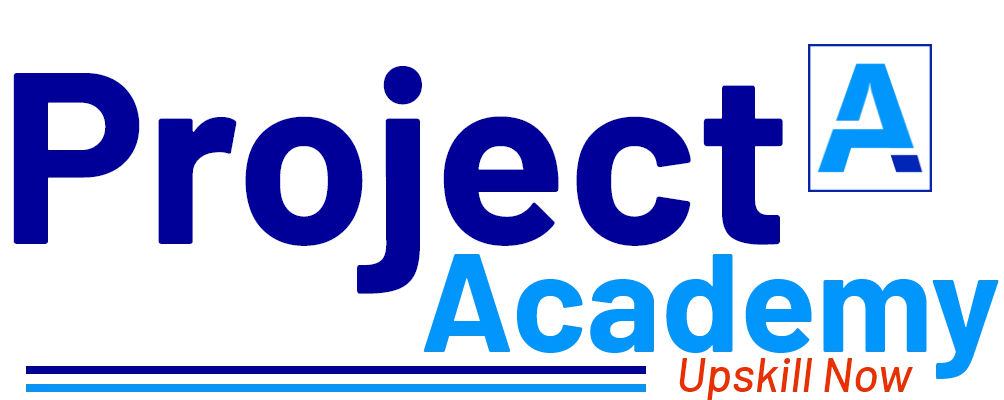Project Outline:
An application that helps users manage their personal finances, including budgeting, savings, and investments.
1) Development Phase:
The site should contain:
- Budgeting tools: These tools allow users to create budgets and track their spending in different categories, such as groceries, entertainment, and transportation.
- Expense tracking: Users can track their expenses by linking their bank accounts and credit cards, or by manually entering their transactions.
- Bill reminders: These tools remind users when bills are due, helping them avoid late fees and penalties.
- Investment tracking: Users can track their investments, including stocks, bonds, and mutual funds, and monitor their performance over time.
- Goal setting: Personal finance manager websites often include tools to help users set financial goals, such as saving for a down payment on a house or paying off credit card debt.
- Retirement planning: Users can use these websites to estimate how much they need to save for retirement and create a plan to reach their goals.
- Tax planning: Some personal finance manager websites offer tax planning tools, helping users optimize their tax strategies and maximize their savings.
2) Testing Phase:
Conduct functional and usability testing.
Fix bugs and improve the website performance.
Applications
- Budgeting: Personal finance manager websites allow users to create and manage budgets. They can set spending limits, track expenses, and receive alerts when they are approaching their budget limits.
- Bill Payment: Personal finance manager websites often include bill payment tools. Users can set up recurring payments, view their payment history, and receive alerts when bills are due.
- Savings and Investments: Personal finance manager websites can be used to track savings goals, investments, and retirement accounts. Users can view their account balances, monitor investment performance, and receive alerts when it’s time to adjust their investment strategies.
- Credit Monitoring: Personal finance manager websites can help users monitor their credit score and credit reports. They can view their credit history, dispute errors, and receive alerts when their credit score changes.
- Tax Planning: Personal finance manager websites often include tax planning tools. Users can track deductions, estimate their tax liabilities, and receive alerts when it’s time to file their taxes.
- Financial Education: Personal finance manager websites can provide educational resources to help users improve their financial literacy. They may offer articles, videos, and other resources to help users understand key financial concepts and make informed decisions.
Hardware and software requirements:
Hardware requirement
A laptop with:
- At least Intel i3 core processor.
- A minimum of 4GB RAM
- Hard disk with at least 200GB of storage
Software requirement
- Web Server: You need a web server to host your website. Popular web servers include Apache, Glass Fish, etc.
- Programming Language: You will need a programming language to build the website. Popular languages include PHP, Python and Java.
- Database: You need a database to store the recipes and other website data. Commonly used databases include MySQL, PostgreSQL.
- Content Management System (CMS): You can use a CMS like WordPress, Drupal, or Joomla to manage the content of your website and create pages.
- Frameworks: You can use a web application framework to simplify the development process. Popular frameworks include Laravel, Django and Spring.
- Front-end Technologies: You need front-end technologies like HTML, CSS, and JavaScript to build the user interface of your website. You can use a front-end framework like React or Angular to simplify this process.
- Calculation and computation and analytical techniques.
Tool:
A modern web browser, integrated development environment (IDE), and text editor are essential tools for web development. Popular IDEs include Visual Studio Code, Atom, and Sublime Text, while popular text editors include Notepad++, Brackets, and TextMate.
Technology:
Full stack technology refers to the entire depth of a computer system application, and full stack developers straddle two separate web development domains: the front end and the back end. The front end includes everything that a client, or site viewer, can see and interact with.
What You’ll Learn after doing this project?
- Web development skills
- UI design
- User experience design
- Project management
- Content management
- Problem solving




